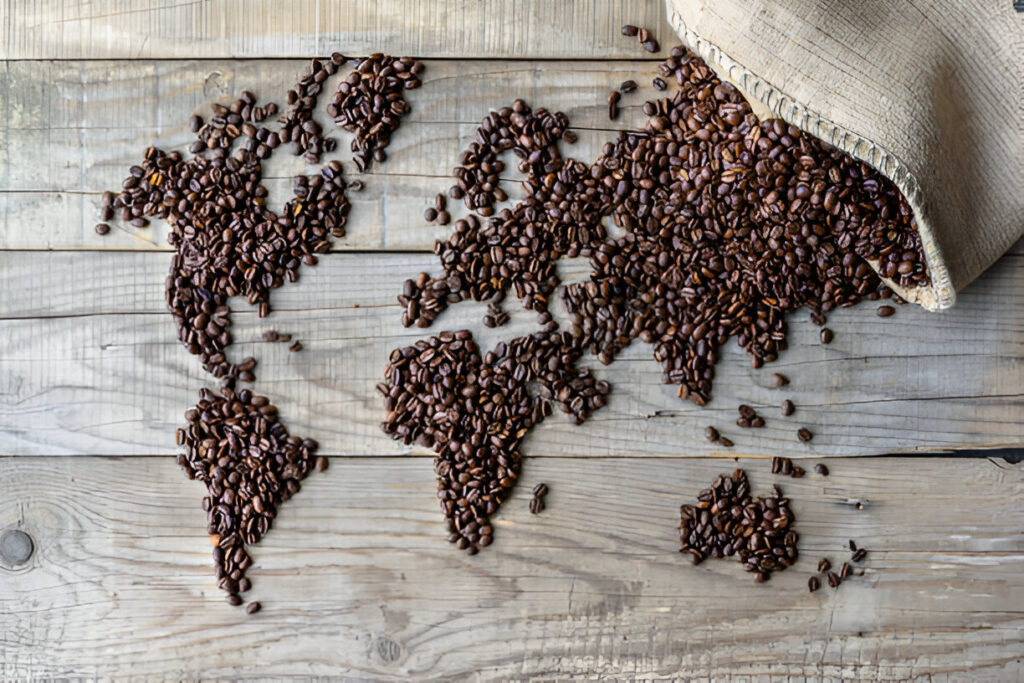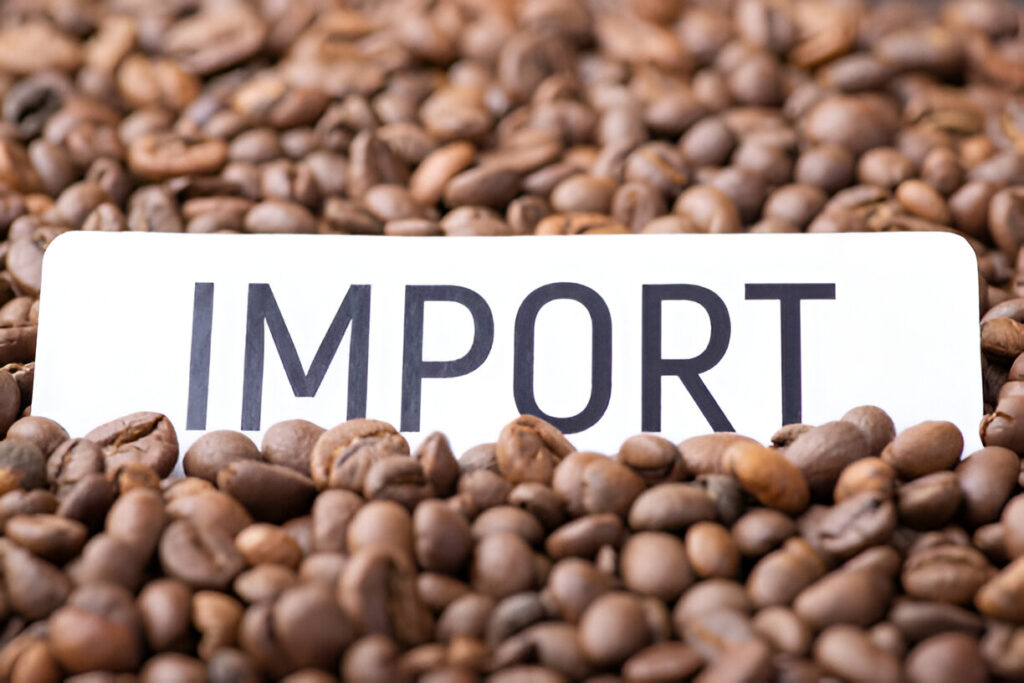Every sip of coffee tells a global story. From high-altitude farms to your favorite café or home kitchen, each bean travels a remarkable path. This journey known as the coffee supply chain involves many steps, people, and processes that bring quality and flavor to your cup. Whether you’re a casual coffee lover or a passionate home barista, understanding how your coffee is made can deepen your connection to the drink you enjoy daily.

Step 1: Growing and Harvesting the Beans
The journey begins in the “bean belt,” a region that wraps around the equator and includes countries like Brazil, Ethiopia, Colombia, and Vietnam. These climates offer the perfect conditions for growing coffee. The two main species, Arabica and Robusta, are grown depending on altitude, rainfall, and soil composition.
The coffee supply chain relies heavily on farmers, many of whom work on small family-owned plots. Harvesting is done once or twice a year, depending on the location and variety. While some farms use machines, most rely on manual picking to ensure only ripe cherries are selected a crucial step for quality.
Step 2: Processing the Cherries
After harvest, coffee cherries must be processed quickly. There are three primary methods: washed (wet), natural (dry), and honey processing. Each method influences the final taste. Washed coffees tend to be cleaner and brighter, while natural processed beans offer fruitier notes.
Once processed, beans are dried either under the sun or in mechanical dryers until they reach the ideal moisture level. At this stage, the beans are still green and are prepared for export.
Step 3: Exporting and Importing Green Coffee
Green coffee beans are packed in protective sacks and shipped across the world. Exporters and importers form a vital link in the coffee supply chain, ensuring that beans arrive safely and in good condition.
Importers often conduct “cuppings” tasting sessions that assess aroma, acidity, body, and flavor. High-quality beans are selected and sold to roasters, while others may be blended into more commercial mixes. Proper storage and transportation are essential at this phase to preserve freshness.
Step 4: Roasting the Beans
Roasting is where the magic happens. Green beans are transformed into the aromatic brown beans we all recognize. Roasters use heat, time, and technique to develop flavor profiles. A light roast will bring out the bean’s origin flavors, while a dark roast adds smoky, bitter notes.
This part of the coffee supply chain is a mix of science and art. Roasters constantly monitor temperature and time to avoid underdeveloped or burnt beans. Once roasted, beans are rested and then packaged to protect them from oxygen and moisture.
Step 5: Packaging and Distribution
After roasting, coffee needs to move quickly. Freshness is key to delivering great flavor. Beans are sealed in special bags with one-way valves that let gases out but keep air from entering. Packaging may also include roast dates, brewing tips, or origin stories to keep customers informed and engaged.
Distributors ensure that roasted beans reach cafes, retailers, or direct-to-consumer platforms swiftly. Ethical brands like HorizonBlend go a step further by working with sustainable producers, using eco-friendly packaging, and maintaining full traceability throughout the coffee supply chain.
Step 6: Brewing The Final Step
Once the beans arrive at your home or local coffee shop, the brewing begins. This last step is where your personal touch comes in. Whether you prefer pour-over, espresso, French press, or cold brew, brewing methods significantly impact the final taste.
Proper technique, grind size, and water temperature can bring out the best in your coffee. If you’ve ever brewed a perfect cup and wondered what made it so good chances are, every part of the supply chain did its job right.
Why It Matters: The Impact of the Coffee Supply Chain

Understanding the coffee supply chain helps you appreciate the complexity behind each cup. It also encourages more responsible choices. For instance, choosing coffee that’s ethically sourced or certified fair trade supports better wages and working conditions for farmers.
Sustainable brands like HorizonBlend make it easier to make those choices. They offer beans that not only taste great but also support a better future for the planet and the people behind your brew. By becoming more aware of where your coffee comes from, you become a part of that change.
Making Informed Coffee Choices
Consumers today have more access than ever to transparency in coffee. Labels, roast dates, origin descriptions, and sustainability certifications help you understand what you’re buying. It’s no longer just about taste — it’s about impact.
When you choose brands committed to a transparent and ethical coffee supply chain, you’re voting with your wallet. You’re supporting environmentally friendly farming, fair wages, and quality-driven roasting. You’re turning your morning ritual into something meaningful.
Final Thoughts
Your cup of coffee is more than just a morning pick-me-up — it’s a product of global collaboration, hard work, and care. From farm to cup, every step in the coffee supply chain plays a role in shaping the flavor, quality, and sustainability of your brew. To learn more about coffee cultivation practices, visit the International Coffee Organization, which offers extensive insights on sustainable farming and global coffee production trends.
So next time you pour yourself a cup, pause and reflect on the journey. And when in doubt, choose brands like HorizonBlend that put people, planet, and taste first helping you enjoy your coffee while doing good.






Michael4174
21 April 2025 at 18:28Very good